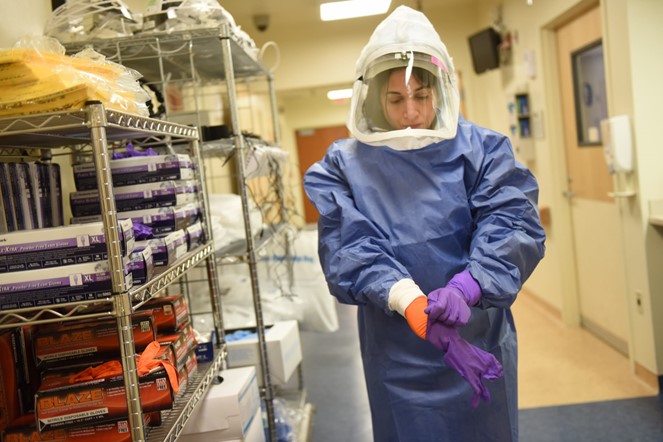
The Importance Of Securities Research and Analysis May Inspire A Reversal in Regulations
The US Securities and Exchange Commission has avoided confrontation for a few years with European Union securities laws by extending exceptions to US brokers in the states that are subject to the EU’s MIFID II rules. The rules require that brokers charge clients separately for their analysis on stocks or bonds, and not provide it as an accommodation. In the US, charging for “advice” would cause brokers to have to register with FINRA as Investment Advisors – this opens up a new set of difficulties. The stand-off has been headed for a showdown for a while, and this coming July 3rd is when the SEC exception that exempts brokers expires.
Will Showdown be Averted?
The SEC exceptions to US brokers that have EU clients have been in place for five years, occasionally being extended – but the last extension expiring in a few weeks, may not get pushed out. SEC Chair Gary Gensler has been emphatic that he does not intend to extend any longer. The EU’s Markets in Financial Instruments directive threw a monkey wrench into a long-held custom of sell-side research by banning the common practice of accommodating clients by not directly charging for bond or equity analysis. Instead, in effect, “bundling” the service with research costs covered by trading commissions.
During the time that the EU has had MiFID II in place, an explicit price tag for research to investors has resulted in reduced company stock coverage. The new and growing concern is that the rules are hurting Europe’s financial markets — especially its small-caps. This is an important driver for the EU to consider a different tack.
Until now, without the SEC exemption from domestic rules, brokers in the huge US economy would have had to figure out how to take payment for research from their clients bound by MiFID. Or, alternatively, their clients would do without this important investment tool. The timeline is tight, but the problem for US brokers may be averted if the EU lawmakers act.
Will Europe Change Course?
With the SEC’s no-action letter expiring, the timing couldn’t be better. Investment firms following the rules of both regulators would cause a situation where US firms stop providing as much investment research to buy-side investors. Equity research is not only important to investors evaluating companies, but it is important to the companies themselves that need to be understood in order to attract capital and have enough active trading in their company to maintain suitable liquidity. This is especially true of small-cap and microcap stocks.
According to Reuters, the “states will seek a near total U-turn on the rules behind so-called unbundling.” MiFID II reforms, in place since 2018, may be adjusted to not conflict with the US model that separates brokers and investment advisors, requiring different licensing and different responsibilities of each.
The proposals suggest that an investment firm would only have to inform clients whether they are paying for research along with trading jointly, and record the charges attributable to each. This is different from unbundling, where from the client’s perspective, the research is a separate product, and decided on and paid for as an add-on to any other business.
Investors Could Win
While it was unclear how the showdown might come to an end, the new proposal, a dramatic turnaround from the EU on its current regulations, could finally resolve the regulator’s game of chicken and, at the same time, create an environment where investors benefit from more available information.
The original EU rule was intended to separate what lawmakers thought could be conflicts of interest when the selling broker also provides research while at the same time may have other banking and business relationships with the company it is providing research on.
The EU’s answer was to separate the two. But over time, according to Reuters, “evidence suggests research provision across the region has suffered as a result.” It lead to less research being distributed, which is viewed as negative to investors and the investor process.
What’s the Next Step?
The EU States’ plan talks with the European Parliament. The final shape of any regulatory changes will be decided in the negotiations, and the exact timetable for a conclusion is not yet clear.
Take Away
The prospect of a flip-flop on the MiFID rules comes at a key moment for the brokerage and securities research industries. In the US, a waiver allowing brokers to charge European clients separately for trading and for research is about to expire. At expiration, they’d have to adapt to the regulatory mismatch or drop the clients.
The drama is set against a very tight timeline.
As an interesting note, Channelchek is a platform that houses quality equity research and data on small and microcap companies. The information is at no cost to investors and is in no way tied to securities transactions. If you haven’t signed up to view this research, do this now.
Managing Editor, Channelchek

